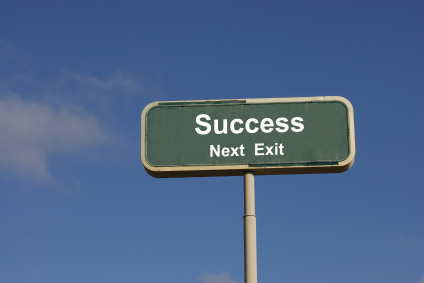Is your organization change cynical or change-innovative?
Change-Innovative or Change Cynical?
In my book “Launch Lead Live: The Executive’s Guide to Preventing Resistance and Succeeding with Organizational Change,” I explore two types of organizations when it comes to change. The first type of organization is the change-innovative and the second is cynical.
The difference between the change-innovative and the cynical organization
There are significant differences between the change-innovative and the cynical organization. One very important difference is the employees’ view of change. Employees of a change-innovative organization don’t feel a loss of control, nor are they stressed or overwhelmed by change.[1] They are able to move easily through a change with minimal disruption to their daily operation.
Employees of a cynical organization struggle with change. Their focus is on maintaining the current state. Leaders of a cynical organization experience high levels of negativity and skepticism when change is announced.
Another difference between the two types of organizations is their capacity for change. Organizational change capacity is your organization’s ability to implement a single change while maintaining your daily operation and not compromising future change processes.[2] It is critical for successful and sustainable change.
Unlike the change-innovative organization, which has a high level of change capacity, the cynical organization’s change capacity is low. A low level of change capacity creates two problems for the organization. First, the current change being implemented is unlikely to succeed. Second, organizations with low levels of change capacity experience greater disruption to their operation during change. The end result–their ability to implement future changes successfully is reduced.
Every change you implement needs to set your organization up to be successful for the next change. Organizations with high levels of change capacity become stronger, more competitive, and productive with each change they make. Conversely, organizations with low levels of change capacity become weaker, less productive, and employees view each new change with skepticism.
If you’re thinking your organization is more cynical than change-innovative, don’t despair. You can overcome your organization’s negative response to change and create a change-ready organization.
Three things you can do to build a change-innovative organization
Building a change-ready organization takes time. You won’t build a change-innovative organization with one change initiative, but it does start with one change, regardless of its size. Here are three things that can help your organization to become a change-innovative organization:
1. Stop managing resistance and start building people readiness
Readiness is more than just the absence of resistance. “People readiness is the willingness, and the ability of a person to engage in the activities and behaviours necessary for the change to be implemented.”[3] Building readiness requires more of you as a leader, than simply managing resistance. However, it will provide a much greater return on your investment than managing resistance.
2. Adopt a change-recipient centric approach to organizational change
Taking a change-recipient centric approach means that instead of the people affected by the change being passive recipients of the event, they become active participants in creating the desired outcome. Research has demonstrated that although this approach is the least used, it is the most effective.[4]
3. Ensure you have allocated enough time for both dimensions of your change.
Two different but related dimensions define every change, the Event and the Whitespace. If you picture change as an iceberg the Event is the portion of the iceberg above the waterline. The Whitespace is the portion below the waterline.
Similar to an iceberg, the Whitespace of change is bigger, more complex, and takes longer than the Event. However, like the ship’s captain, your success depends on your ability to understand, and navigate its complexity. One of the first things to do when planning for change is to assess the time needed for people to move through the Whitespace. Then ensure you have the activities needed to support their journey.
Fill out the form below if you’d like an assesment on your organization
General Contact Form
____________________________________________
1. Bennebroek Gravenhorst, K. M., Werkman, R., & Boonstra, J. (2003). The Change Capacity of Organizations: General assessment and five configurations. Journal of Applied Psychology, 52(1), 83-105.
2. Meyer, C., & Stensaker, I. (2006). Developing capacity for change. Journal of Change Management, 6(2), 217-231.
3. Turner, D. M. (2015). Launch Lead Live: The executive’s guide to preventing resistance and succeeding with organizational change. Saskatchewan: YNYP.
4. Nutt, P. (1998). Leverage, Resistance and the Success of Implementation Approaches. Journal of Management Studies, 35(2), 213-240.






Leave a Reply
Want to join the discussion?Feel free to contribute!